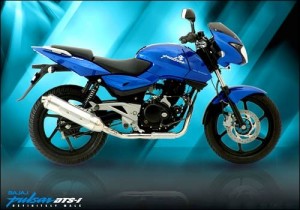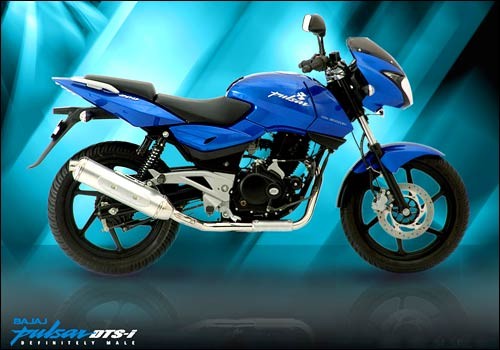Towards the fag end of the 1990s, Motorcycle sales in India had overtaken scooter sales. There was a shift in the consumer buying behaviour from scooters to motor cycles. Hero Honda, Yamaha and TVS Suzuki shared top 3 spots in market share closely followed by Bajaj Auto. With their famous scooters dwindling in shares, Bajaj Auto needed to get back market share with the launch of a newly developed motor cycle. And so the Pulsar was born and the rest is history!
Shift in two-wheeler market preferences
The consumer market for two-wheelers had a paradigm shift from scooters to motorcycles and this affected the sales and market share of Bajaj Auto especially in the 100 cc segment. Would a launch of a new age higher power motor cycle save them?
Bajaj strategy to address the market shift
- Bajaj Auto ties up with market research agency to survey the scope of launching a new age motor cycle.
- They appointed a mechanical engineer from NIT who ignored the advice of the agency to reduce the tank and exhaust size. On the contrary, these characteristics became the signature of Pulsar. The design was inspired from a muscular open arm.
- Pulsar launched in November 2001 with the 150 cc version with standard features including an electric start and disc brakes – a novelty in other motorcycles then! 180 cc variant also launched
- Positioned Pulsar as a power motorcycle, contradicting its competitors positioning themselves as bikes with great mileage, targeting a new and unique space in the category.

- Shift in brand identities from Humara Bajaj to Definitely Male; bikes were then, generally referred as feminine in Hindi ( bike chalti hai).
- Crosses the 50,000 mark in sales in just 9 months. Pulsar enjoys a 70% share of Bajaj Auto sales.
- Launched various other models over the years with the DTSi technology.
- Average monthly sales in 2011 stood at 86,000 units ; total sales exceeded 5 Mn by April 2012.
- Bajaj Auto had a 47% market share in this segment by 2011.
Well, we can say its mission accomplished for the mechanical engineer from NIT and Bajaj Auto and one can tell, they’re hungry for more. With other companies looking at responding to Bajaj’s call of who’s the best of them all, will we see another game changer in the Indian Motorcycle Market? Have your say…..
[message_box title=”Disclaimer” color=”red”]The case is prepared based on secondary data and the purpose of this case study is to just bring out the key marketing strategies and techniques deployed by different firms from our perspective.[/message_box]

